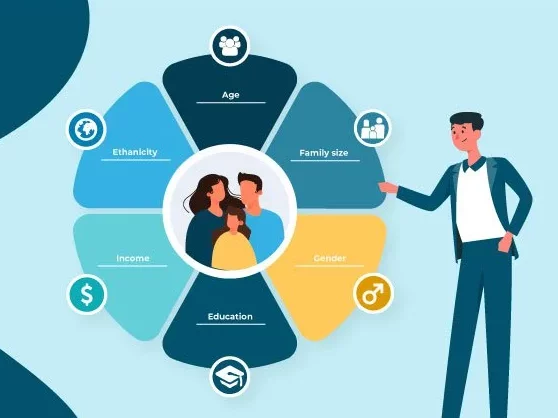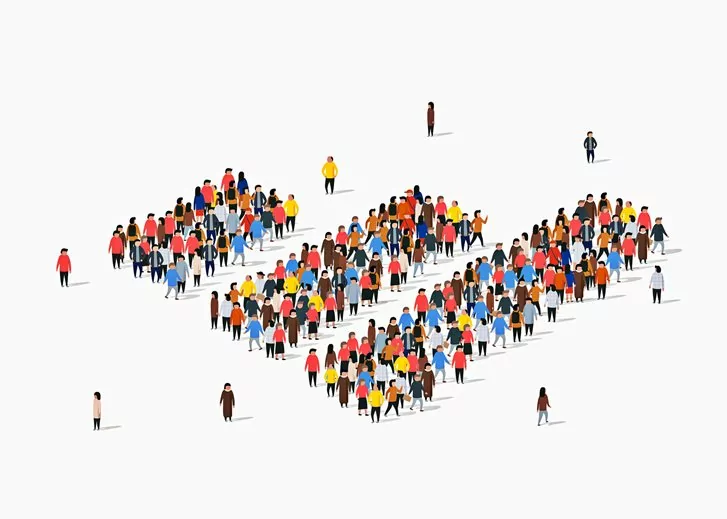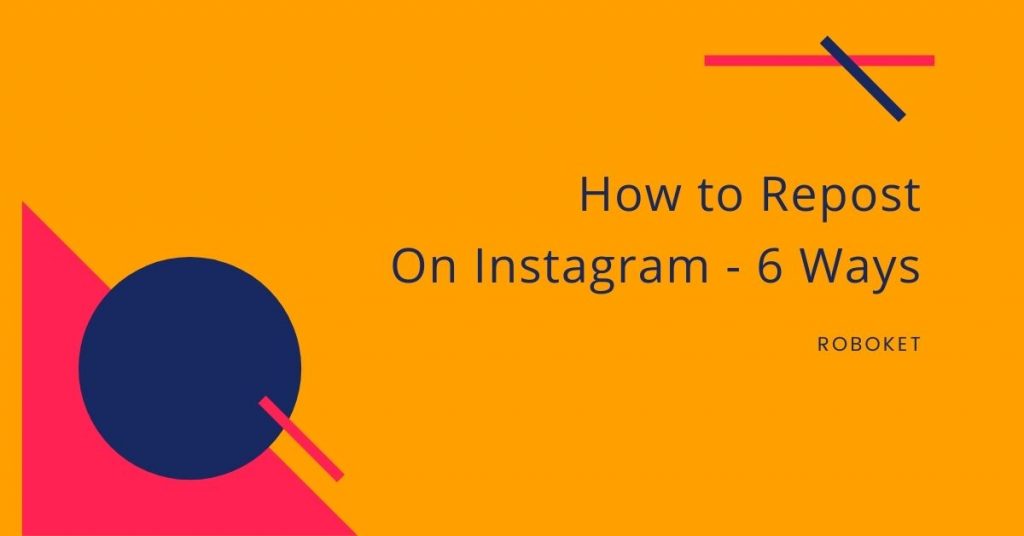Many people focus on attracting more customers when it comes to business growth. However, this is not the only way to grow your business. Another strategy that can be very effective is benefit segmentation. This involves dividing potential customers into groups based on their perceived benefits from using your product or service. As a result, you can identify the right audience and reach a win-win situation for your business and your customers. This article will discuss benefit segmentation and how it can help you grow your business!
Table of Contents
Market Segmentation
Market segmentation is the division of a market into smaller groups of consumers who have common needs or interests. This can be done based on demographic factors such as age, gender, income, or lifestyle, or on behavioral factors such as how often they buy a product or how adventurous they are in their spending.
For example, a restaurant business might segment its market by age and geography, targeting the adults who live near the restaurant. The company can further segment its market based on the behaviors and interests of the people. For example, they can target the people who love Indian food and used to take food for family members once they are going home from work.
Selecting the right target audience is very important for any business. In addition, which criteria you use for market segmentation is an essential factor for proper segmentation.

What is Benefit Segmentation?
The benefit is the perceived value. Most consumers do not buy the features of the product or service. Instead, they buy a set of benefits.
Benefit can be defined as anything that satisfies a want or need. A benefit can be a tangible product, an intangible service, or even an emotional benefit.
For example, when you think of buying a carbonated drink, you are purchasing the drink and the benefit of refreshment. When you purchase a car, you are not only buying the car but also the use of status and prestige.
When you segment your market based on benefit, you are dividing your market into smaller groups who perceive the benefit of your product or service similarly.
You can use benefit segmentation to target a new market or fine-tune your marketing to a current market.
Behavioral segmentation is often used in benefit segmentation. This is because the customer’s benefit from a product or service is often more important to them than the actual product or service itself.
For example, when customers think of purchasing a car, they think of the benefits of their desired product. It can be safety, status, prestige, cost, etc. The car brands have positioned their products in one set of benefits based on their target audience.
How Does Benefit Segmentation Work?
Benefit segmentation is a process of market segmentation. The process involves several activities.
- Identify the benefits that your product or service offers.
- Segment the market based on those benefits.
- Identify the needs of each segment.
- The fourth stage is to match the needs of each segment with the benefits offered by your product or service.
- Then, decide which segments you will target.
- Finally, develop the marketing mix for your targeted segment.
The marketing mix is the combination of product, price, place, and promotion.
- Product is the goods or services you offer. The product should meet the best possible quality of benefits.
- Price is how much you charge for your product or service. The price must be set to reflect the product’s value or benefit to the customer.
- The place is where you make your product or service available. You need to reach your audience with your distribution or delivery channel.
- Promotion is the way you communicate the value of your product or service to your target market. When you are using benefit segmentation, all of your communication should consistently focus on your benefits.
By following these stages, you can create a benefit segmentation strategy that will help you reach a win-win situation for your business and your customers.
Importance of Benefit Segmentation
Benefit segmentation is a powerful tool that can help you achieve business growth. By segmenting the market, you can identify the needs of your target audience. This will help you match the benefits of your product or service with your customers’ needs.
1. Effective Brand Positioning
Brand positioning is creating a unique and differentiated brand in the minds of your target market. Benefit segmentation can help you to achieve effective brand positioning by focusing on the benefits of your product or service.
For example, when you are communicating and offering the best safety measures in your car, customers can easily relate to your product and remember the positioning.
2. Efficient Usage of Marketing Budget
By benefit segmentation, you can focus your marketing budget on the target market that is most likely to purchase your product or service. This will help you achieve a higher return on investment for your marketing efforts.
3. Improved Customer Loyalty
Benefit segmentation can also help you to improve customer loyalty. When you focus on the needs of your target market, you can develop a deeper relationship with your customers. This will help you to retain your existing customers and attract new ones.
4. Easier to Convert Leads by Sales Team
Salespeople can easily communicate the benefits to the leads. As customers are already aware of the brand position and actively looking for the set of benefits that the company offers, it becomes easier to close a sale.
5. Better Customer Satisfaction
By benefit segmentation, you can focus on the needs of your target market. This will help you to develop a better understanding of your customers. In addition, this will lead to improved customer satisfaction as you will be able to provide them with what they need.
Example of Benefit Segmentation
To understand benefit segmentation, let’s take a look at an example. Imagine you are the owner of a luxury car dealership. You segment your market based on the perceived benefits of owning a luxury car.
Some people might be interested in the prestige and status of owning a luxury car. Others might be interested in the features and performance of the vehicle. And finally, some people might be interested in the service and experience of owning a luxury car.
Based on these different segments, you would target your marketing efforts accordingly. For example, you would use other languages and images to appeal to your target segment.
If you’re targeting people interested in the prestige and status of owning a luxury car, you will use language that speaks to that. For example, you might use phrases like “the ultimate status symbol” or “the epitome of success.”
On the other hand, if you’re targeting people interested in the car’s features and performance, you would use language that speaks to that. So, for example, you might use phrases like “unparalleled performance” or “best in class features.”
Finally, if you’re targeting people interested in the service and experience of owning a luxury car, you would use language that speaks to that. For example, you might use phrases like “white glove service” or “red carpet treatment.”
By segmenting your market and targeting your marketing efforts accordingly, you will reach a win-win situation for your business and your customers.
Case Studies for Benefit Segmentation
Now, let’s dig into some industry use cases of benefit segmentation for better understanding.
Smartphone Brands
Several smartphone manufacturers are in the industry, including Apple, Samsung, Xiaomi, etc. Customers are segmented into several benefits: best camera, best gaming experience, best office application usage, best value for money, status or prestige call, etc.
Here Apple has differentiated its products based on status and prestige. Xiaomi offers the best value for money. And Samsung provides the best camera experience.
In this way, each company targets a benefit that resonates with its audience and becomes the market leader in that benefit.
Fitness Programs
Another excellent example of benefit segmentation can be found in the fitness industry. Companies like Nike, Adidas, and Reebok have all benefit segments covered.
Nike focuses on athletes, Adidas on style, and Reebok focuses on comfort. In this way, each company has a benefit that speaks to its target audience. And as a result, they are the top three companies in the industry.
FAQ
A market is a group of potential customers that share a need or want that can be satisfied by a product or service. When companies segment their demands, they can better understand the needs and wants of their potential customers. This helps them create products and services that appeal to those specific groups.
Target marketing is a specific form of marketing that focuses on identifying and targeting a particular group of customers. Their shared needs or wants usually define this group. When a company uses target marketing, it can create products and services that appeal to that group. This allows them to better compete in the marketplace.
When it comes to benefit segmentation, it’s important to remember that you don’t have to target just one market segment. In fact, most businesses find that they are more successful when they target multiple segments.
There are a few things to keep in mind when targeting multiple market segments:
– You need to be sure that you can reach all of the segments you’re targeting.
– Ensure that your products and services appeal to all of the segments you’re targeting.
– You should have the resources to support all of your targeting segments.
If you can answer yes to all of these questions, you’re ready to start benefit segmentation!
Related Articles:
- The 20 Best Advertisement Campaigns of All Time
- How Bulk SMS Can Improve Your Business Process
- Complete Guide On How to Write a Follow-Up Email
- Brand Style Guide Example and How to Create Your Own
- What is a Tagline? Examples, and How to Write a Great Tagline
- The Power of Subliminal Messages in Advertising
Conclusion
When it comes to growing your business, benefit segmentation is one of the most important things you can focus on. This involves dividing potential customers into groups based on the benefits they are seeking. Once you know those benefits, you can better target your marketing efforts and reach a win-win situation for your business and your customers.





